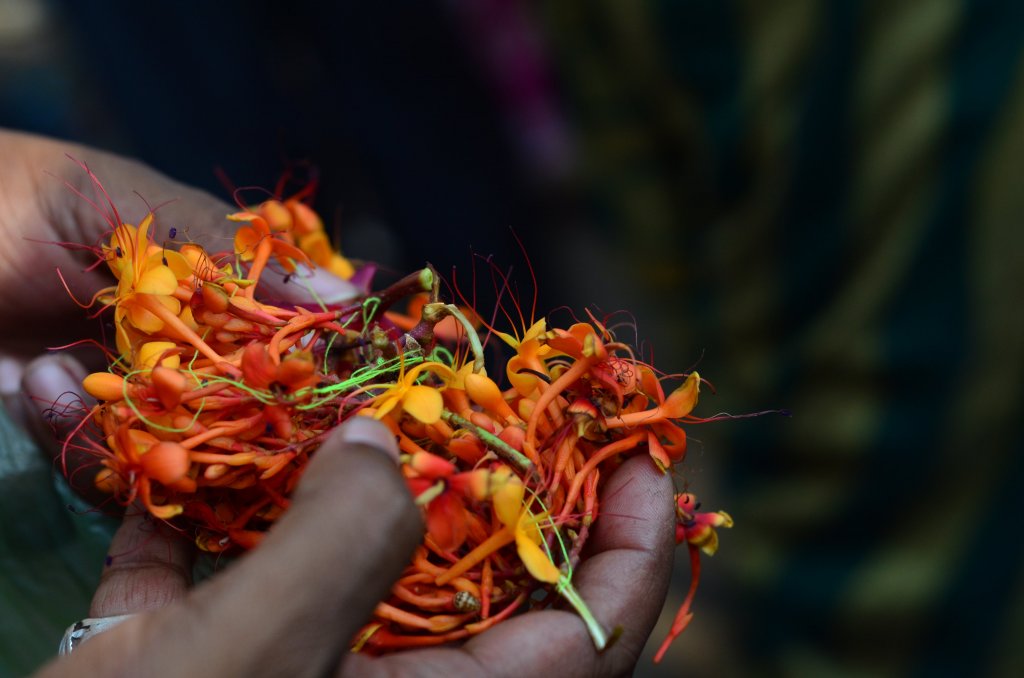Published on 18 April 2021 in OdishaTV
One festival that has been the very identity of Odisha is the Ratha Jatra of Puri. However, the concept of a festival built around a Ratha or chariot is not limited to Puri. Three other significant Ratha Jatras exist – those of Goddess Biraja (Jajpur), Surya or Mahabhaskara (Konarka) and Shiva or Lingaraja (Bhubaneswar). This quartet of chariot festivals spans the deities Vishnu, Shiva, Shakti and Surya; important deities with significant following in ancient and medieval Odisha. It is no coincidence that the festivals are centered at what are known as the four great ‘kshetra’s of Odisha.
Bhubaneswar, known variously as Ekamra Kshetra and Chakra Kshetra, has been a seat of Shaivism for centuries. The grandest of Bhubaneswar’s temples is the Lingaraja temple, viewed as the culmination of harmony in Odia sculpture by many scholars, who date back the worship of Lingaraja to at least 1500 years ago. The Ratha Jatra of Lingaraja is hence a very ancient ritual in its own right— with its fair share of curiosities.
On the day of Ashokastami every year, Shiva is worshipped with flowers of the Ashoka tree, also the state flower of Odisha. The tale goes that Hanuman was captured by Ravana’s son Indrajita, who employed the naga-pasha (snake-coil) weapon. Trapped in the Ashoka Vatika, Sita worshipped Shiva with eight buds of the Ashoka flower. In remembrance, Odia womenfolk celebrate the ritual Ashokastami Brata. The word ‘a-shoka’ means ‘without shoka (grief)’— for it is believed that consuming the Ashoka flower robs one of all grief, perhaps a reference to the medicinal properties of the flower. The Ashoka tree is also one of the five flower-arrows of Kamadeva, a symbol of love and life. The connection with the ruler Ashoka is compelling of course, but somewhat conjectural.

Shiva’s Ratha is rather curiously known as Rukuna Ratha. ‘Rukuna’ is a colloquialism of ‘Rukmini’, Krishna’s wife. Lingaraja travels along with Ananta Basudeba and Rukmini — neatly forming a triad of deities. This triad of Shiva-Lingaraja, Shakti-Rukmini, Vishnu-Basudeba can be likened to Balabhadra-Subhadra-Jagannatha. Just like at Puri, the Ratha Jatra of Lingaraja also ends with a divine tussle between Parvati and Shiva, where Parvati rebukes her beloved for forsaking her in his grand journey.
Even more curious is that the Ratha’s destination is the Rameswara temple, locally called ‘Mausi Maa’ temple. It is said that Rama has to atone for the sin of killing Ravana, a brahmin, by worshipping Lingaraja. The site of his worship comes to be known as Rameswara. And so Lingaraja returns to his friend every year and is received by the four brothers Rama, Lakshmana, Bharata & Shatrughna – in the four temples named after them, one of the oldest temple clusters in Bhubaneswar.
Another interesting fact is that the Rukuna Ratha is never turned around. The Rathas at Puri are turned around for the return journey, a massive exercise considering their size and weight. However, the Rukuna Ratha is ritually never turned around. Rather the front and back are interchanged. This is the source for the Odia proverb ‘Rukuna Ratha Analeuta’, ‘the Rukuna Ratha never turns around’ — likening the chariot to someone who never breaks his word, or to something that never changes.